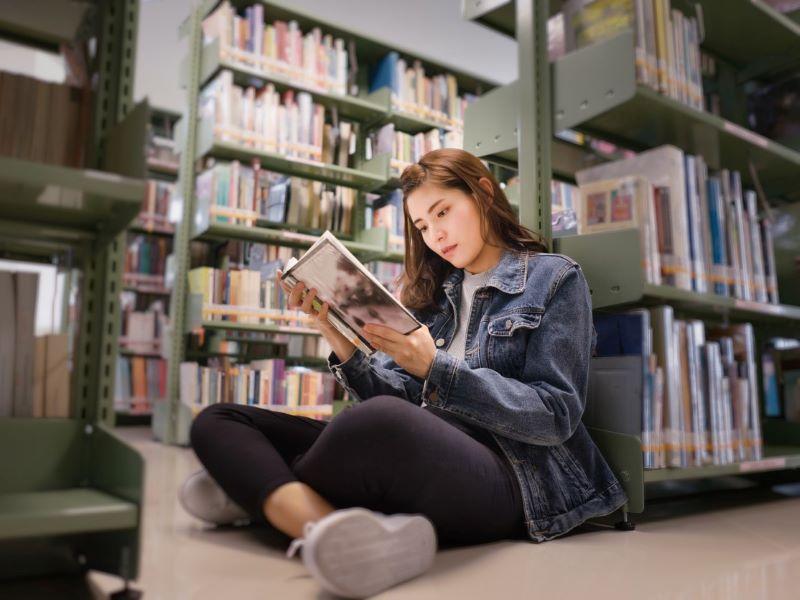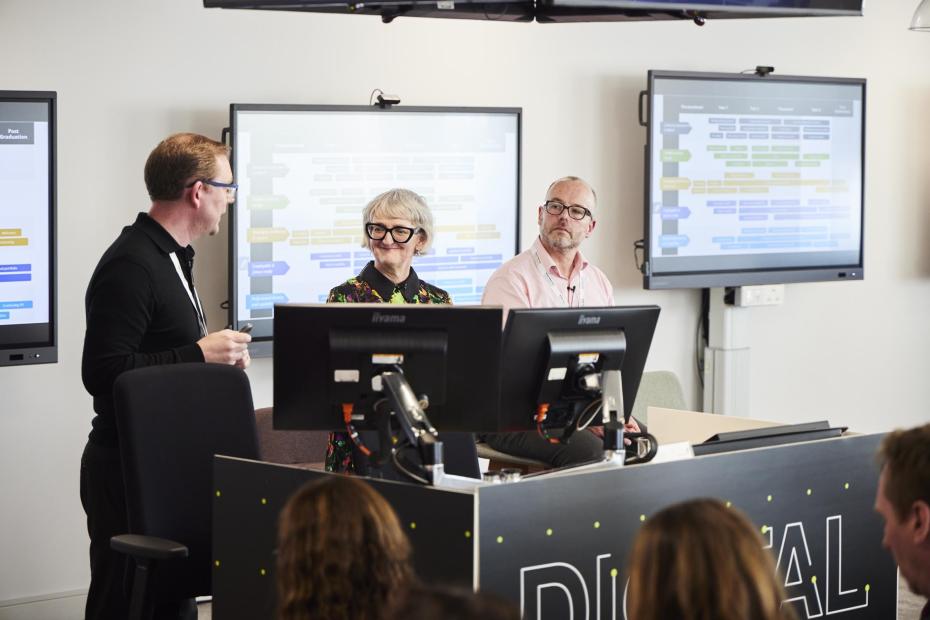
Fostering critical thinking with reflective journals
Timely, frequent and constructive feedback has a powerful influence on student achievement. However, its impact on higher education students is hotly debated and often highly variable
Students and staff frequently voice their dissatisfaction with assessment feedback. The common complaint is that students do not engage with nor act on it. They can often see it as more critical than constructive. Learning as a transaction frequently produces a passive attitude to feedback, with students expecting to be “told” what to do to achieve a high grade.
At the University of Auckland, we wanted students to take responsibility for developing their knowledge, skills and critical thinking, so we introduced a continuous reflective journal task into a postgraduate information systems course. The aim was to offer students a way to dissect, reflect on and understand feedback so that they could identify areas for improvement. To facilitate this, we encouraged students to provide evidence of their evolving thought processes and details on how they acted on the feedback and found meaning in their learning experiences. The journal was linked to standard assignments and peer review features accessible via Canvas, the University’s teaching and learning portal. We wanted to create a shared and transparent process that students and staff trusted, to shift the common framing of students as consumers and instead empower them to take an active role in their learning.
We designed a set of in-classroom activities to facilitate students’ understanding of our assessment:
- A series of discussions and interactive sessions focused on reflective writing
- Rubric interpretation
- Giving and receiving feedback.
In these sessions, we held group discussions to create and clarify a shared understanding of the reflective writing assessment and its rubrics. We scaffolded students’ understanding of feedback and their role in constructing and writing peer feedback. We distilled the work from the sessions into a set of resources, namely rubric interpretation, reflective writing and appropriate methods of giving and receiving feedback materials that were stored and available on canvas, to help students develop constructive feedback language.
For staff, we followed the notion that students learn best when they receive feedback quickly and frequently and recognised that the class size made returning feedback within a specific timeframe challenging.
We therefore leveraged existing electronic tools such as Turnitin e-rater and Grammarly to provide feedback. We involved students in designing rubrics within Canvas to enable automatic marking and facilitate detailed feedback that could be processed quickly. Finally, we leveraged peer-marking rubrics in Canvas to enable peer-to-peer marking. Thus, a student would receive four different types of feedback for each piece of work.
- Resources on teaching and learning in higher education
- Let’s talk: how to connect with your students in a blended learning environment
- Encouraging effective teamwork in the classroom
After the trial, we wanted to find out if the task did improve learning. We collected a wide range of data, including students’ background information, GPA, language competency and attitude before the intervention. Then we reviewed their performance data at different periods in the semester and looked at individual feedback and their journals. We then invited students to focus groups. From informal and formal feedback, we found students engaged well with reflective journals. Students told us that their expectations and effort highly influenced their response to feedback. They were able to demonstrate a deeper understanding of recurring themes that impeded their learning. This encouraged them to spend more time on self-reflection and self-evaluation.
Students appreciated the nuanced feedback and said the process revealed the importance of understanding and acting on it. They also appreciated the availability of instructors to provide clarification. They tended to prefer the individualised feedback and felt it was more useful than generic rubric marking.
For teaching staff, the reflective journal task created opportunities to identify, understand and address weaknesses in current feedback processes, which can and do reduce student engagement. Staff learned how to create a trusting atmosphere and use an appropriate tone when providing feedback.
Our three key takeaways are:
- Students interpret marking rubrics in different ways. More work is needed to develop a common understanding of how marking works. Upon reflection of the assessment and its activities, we chose to separate activities into different classes, over two weeks.
- The reflective journals enhanced students’ self-regulation and performance over time.
- Better automation using readily available digital tools would help to reduce increased staff workload. We are reviewing the mechanisms available to us through our learning management system and its available plug-in tools.
In the meantime, we continue to use the reflective journals and improve the model.
Lesley Gardner is an associate professor and Udayangi Muthupoltotage is a lecturer at the University of Auckland Business School.
If you would like advice and insight from academics and university staff delivered direct to your inbox each week, sign up for the Campus newsletter.




